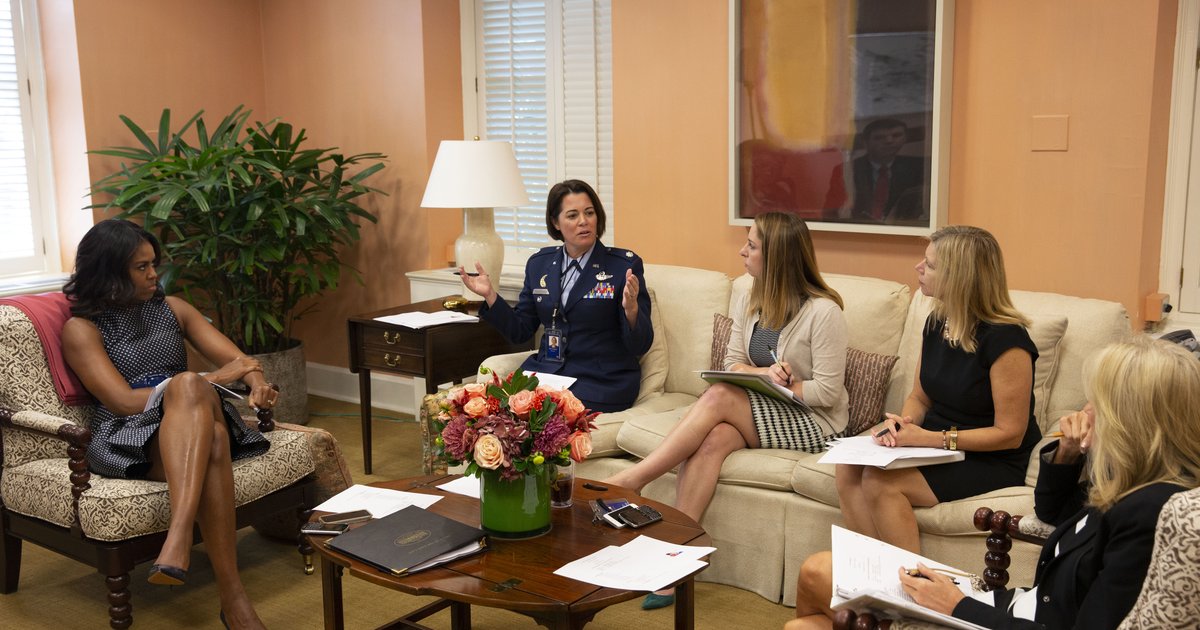Copyright phillyvoice

As bulldozers smashed through the East Wing of the White House last week, historians and former staffers lamented the loss of the historic complex, where first ladies had long conducted their business and welcomed the public. New horror and thriller bookshop in Manayunk eyes Halloween opening Krish O'Mara Vignarajah, who worked under the Obama administration, said the destruction "felt like a physical blow." Ohio University historian Katherine Jellison worried whether objects had been properly preserved, calling the swift demolition — which has already raised public health concerns — a "living nightmare." Katherine A.S. Sibley, a history professor at St. Joseph's University, saw a troubling wider statement from the Trump White House in the eradication of a building associated with women like Eleanor Roosevelt, Jacqueline Kennedy, Lady Bird Johnson, Rosalynn Carter, Laura Bush and Michelle Obama. "It really speaks to the current administration's lack of interest in what the first lady does," she said. The 'heart' of the nation Betty Ford reportedly called the East Wing the "heart" of the nation, but it took time to get it pumping. The complex was built in 1942 under the Franklin Roosevelt administration, as an expansion of the terrace his cousin Teddy had erected in 1902 to serve as a visitors' entrance. Initially, the East Wing provided overflow office space for the various defense agencies that sprung up in the wake of Pearl Harbor and visiting World War II allies like Winston Churchill. But as active first ladies like Eleanor Roosevelt hired bigger staffs to aid in their work, those employees set up shop in the East Wing. The first lady herself did not claim an office in the complex until Rosalynn Carter came to Washington. Arriving in the wake of Watergate and the government reforms that came along with it, she sought to modernize and professionalize her position. She was the first presidential spouse to hire a chief of staff, and she employed another 17 staffers in the East Wing. "I think she saw her position as first lady as one that could be very activist," Sibley said. "We all think of (her interest in) mental health, but less known, I think, is that she went to Latin America and she visited several countries there, not just going to bless hospitals or something, but going more to actually meet with the leaders. I mean, she really was a diplomat. She learned Spanish. "She really took on this role very seriously. ... So I think part of her interest in professionalizing this was that she saw herself as really playing a role side by side with her husband." The East Wing, the longtime entry point for visitors on tours of the White House, also became more accessible thanks to the first ladies. Jacqueline Kennedy, who also oversaw the planting of a rose garden outside the annex, showed it off to CBS News reporter Charles Collingwood, and the entire country, on her 1962 televised tour of the White House. Pat Nixon had wheelchair ramps installed outside the East Wing and North Portico, where visitors exited. Michelle Obama lifted the ban on public photography in 2015. Championing causes From the East Wing, the first ladies of the United States pushed for various reforms. Roosevelt, for instance, was instrumental in the adoption of the Universal Declaration of Human Rights. She also advocated for the rights of women and Black Americans. When the Daughters of the American Revolution refused to host a concert from Philadelphia-born opera singer Marian Anderson, sticking to segregationist policies, Roosevelt resigned from the organization in protest and helped organize the singer's famed performance at the Lincoln Memorial. Kennedy focused on preserving presidential history by spearheading a massive restoration of the executive mansion and establishing the White House Historical Association. Her successor Johnson championed the environment. The Highway Beautification Act, a law which limited junkyards and outdoor advertising along the interstate, was nicknamed "Lady Bird's Bill." More recently, Bush spearheaded the "Ready to Read, Ready to Learn" literacy initiative and Obama started the "Let's Move" campaign to fight childhood obesity. "The East Wing has been a site of first lady work, first lady activism, first lady policies and programs, things that really have been for the betterment of the American people," Sibley said. "And these are things that these women have taken on without any pay. Obviously, they didn't run for this job." Melania Trump, by contrast, has been an intensely private first lady. She reduced her staff to just five people in July, and CNN reported in August that she had made just 19 public appearances so far this term. "It's definitely not her priority to be a very visible and active first lady," Sibley said. The next East Wing The walls of the East Wing may be dust, but the former structure isn't totally lost. The White House Historical Association says it undertook a "comprehensive digital scanning project" prior to the demolition and collected and stored artifacts from the site. The removal of the East Wing will not deter the historians who study it, Sibley said. Interest from the public, she added, is "only growing." Recent polling suggests that Americans disapprove of Trump's plan to scrap the East Wing for a privately funded ballroom by a more than 2-to-1 margin. Regardless of how the ballroom plans progress — legal action could halt them — Sibley thinks the East Wing will return in some form. "I do think it's going to be rebuilt," she said. "The first lady has to have a place — or the first gentleman, when he comes — to work and carry out their programs and interests and initiatives. I don't think they can really be crammed back in the White House for too long." Follow Kristin & PhillyVoice on Twitter: @kristin_hunt | @thePhillyVoice Like us on Facebook: PhillyVoice Have a news tip? Let us know.



